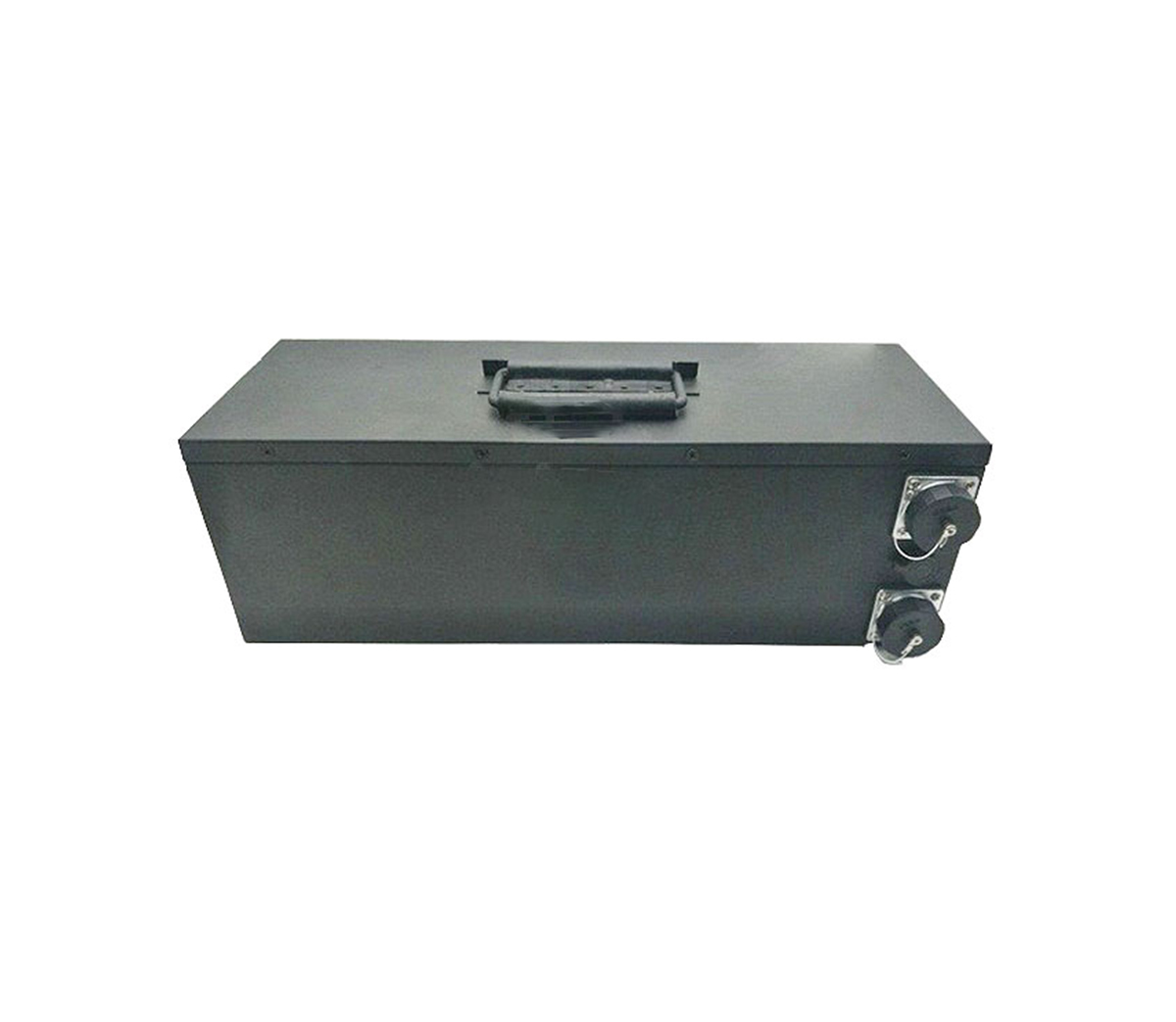Vigorously developing clean energy has become the consensus of governments
around the world, among which photovoltaic power generation is the most easily
promoted clean energy, and it can effectively use space. Small photovoltaic
power generation systems often require lithium battery energy storage systems,
because it can effectively store unstable energy, and at the same time can
obtain the highest profit value for customers: it is released when the grid
needs electricity most, that is, when the price of electricity is the highest.
maximum energy.
SES Power has more than ten years of rich experience in lithium battery
energy storage systems. For example, our energy storage products use square
aluminum-shell lithium iron phosphate batteries that can perfectly replace
lead-acid batteries. These products can be used in power and energy storage
applications, the maximum current reaches 2000A output, the voltage covers 12V
to 560V, and the capacity ranges from 1KWh to 1MWh, covering lead-acid
replacement, industrial supporting, UPS, RV, solar energy storage, home energy
storage and other fields. Similarly, we also provide customers with a full range
of services for energy storage systems, of which photovoltaic power generation
is one of them, so we have professional knowledge in photovoltaic power
generation. Let the senior engineer of SES Power explain to you how to optimize
the inclination angle of photovoltaic power station. It is very important
because it can greatly affect the efficiency and upper limit of photovoltaic
power generation.
1. What is the optimum inclination angle?
The angle between the surface of the photovoltaic module and the surface
level is called the inclination angle.
The earth revolves around the sun all the time, and the direct sunlight
point moves back and forth between the tropics of the earth in one revolution
period. Therefore, the total amount of radiation received by the surface plane
of photovoltaic modules at different inclination angles is different. When we
design the power station, we generally refer to the historical data of
accumulated radiation throughout the year at different inclination angles, and
select the angle with the highest radiation amount as the best inclination
design.

If the annual total radiation received by the inclined surface of the fixed
photovoltaic array is the largest at this inclination angle, the inclination
angle is called the optimal inclination angle (instead of the highest annual
power generation); however, in some scenarios, the optimal inclination angle is
also It can be the inclination angle corresponding to the highest annual power
generation, the inclination angle corresponding to the highest yield, the
inclination angle corresponding to the highest power generation in certain
months, and the optimal inclination angle calculated under various other limited
conditions. This paper mainly discusses the inclination angle with the largest
annual total radiation amount.
2. Why is the optimum inclination needed?
The optimal inclination angle is designed, mainly to receive more solar
radiation.
For a photovoltaic square array slope, the different incident angles of the
sun on it will lead to different amounts of solar normal radiation received per
unit area. The larger is, the less solar normal radiation is received (for the
same radiation input). The change of the inclination angle of the photovoltaic
array will change the incident angle of the sun and affect its radiation
reception. Therefore, it is necessary to obtain an optimal tilt angle based on
the radiation received from the whole year through theoretical calculation.
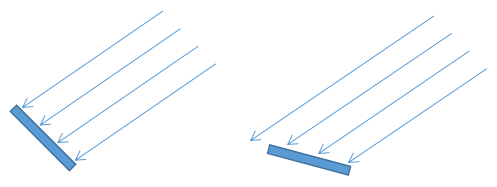
(Schematic diagram of module receiving solar radiation)
In the actual process of designing the optimal inclination angle, factors
such as the geographical environment and natural environment of the project
construction site should also be considered. For example, the influence of the
inclination angle on snow falling; the influence of the wind pressure and snow
pressure resistance of the modules when the inclination angle changes; at the
same time, the influence of these factors on the selection of photovoltaic
support materials and foundation weight, as well as the distance between the
front and rear rows caused by the high angle, must be considered. change,
increase the cost of land use, etc.
3. How to calculate the optimal inclination?
The calculation of the optimal inclination requires the local longitude and
latitude to determine the altitude and azimuth of the sun at each moment, and
the average annual radiation data for many years to determine the
characteristics of the local solar radiation.
According to the radiation data and latitude and longitude calculation, the
total annual radiation reception of photovoltaic arrays with different
inclination angles is accumulated, and the inclination angle with the largest
annual total radiation amount is selected as the optimal inclination angle.
Generally, software such as PVsyst can be used to calculate the optimal
inclination angle conveniently and quickly.
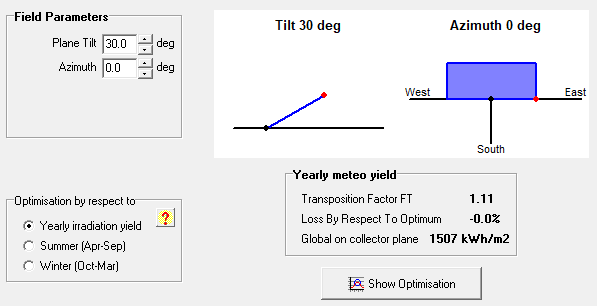
To compare the influence of different inclination angles on power
generation, a single variable should be used for comparison. However, in
general, the inclination angle of the components of the same power station is
the same angle and orientation, and there are many factors affecting the
comparison of power stations in different regions. Therefore, it is considered
to use the PV-System design software to demonstrate it, because its
meteorological data comes from NASA and Meteonorm meteorological databases. At
the same time, through actual measurement, its measurement accuracy is as high
as 99%, which is for reference.
4. What factors affect the optimal inclination angle?
The main influencing factors include: ① Latitude, the difference of
latitude will affect the variation characteristics of the solar altitude angle,
thus affecting the optimal inclination angle; ② The monthly radiation amount
distribution, if the radiation amount in a year is more concentrated in the high
solar altitude angle. The month will make the optimal inclination angle larger,
otherwise it will become smaller; ③ the direct-scatter ratio, the direct
radiation is directional, while the scattered radiation is isotropic, so their
respective proportions in the total radiation are different, which also affects
the optimal inclination angle. have a certain impact.
5. Is the power generation of the photovoltaic power station the highest
under the optimal inclination angle?
According to the design sequence of the photovoltaic power station, first
determine the optimal inclination angle (the mutual occlusion between the arrays
is not considered at this time), and then determine the north-south spacing of
the photovoltaic array according to the inclination angle. Influenced by shadow
occlusion, the radiation amount of the inclined plane and the power generation
capacity of the power station are dynamically determined by two factors: the
distance and the inclination angle, so there will be a slight gap between the
inclination angle of the maximum power generation amount and the optimal
inclination angle, but unless there are other restrictions, Usually the
difference between the two is not too big.
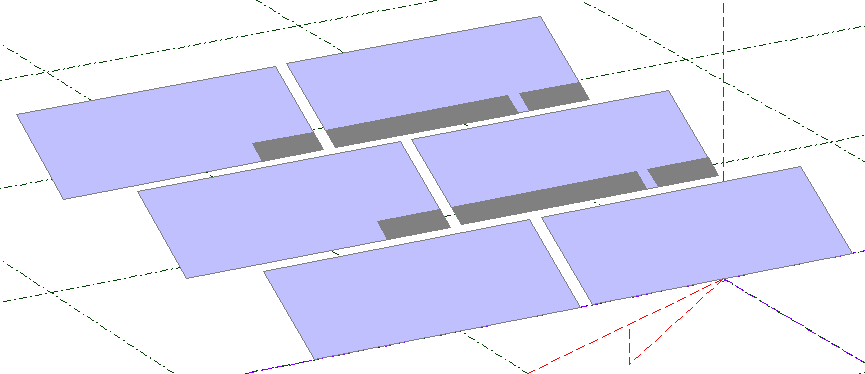
6. Is the revenue of photovoltaic power station the highest under the
optimal inclination angle?
The optimum inclination angle means high radiation reception, but also
means a relatively large footprint.
For example, in a limited site area, as the optimal inclination angle
decreases, the installed capacity will continue to increase. Decreasing the
inclination angle will reduce the power generation, and increasing the installed
capacity will increase the power generation. Therefore, the final inclination
angle under which the profit is the highest will require further technical and
economic comparisons based on external conditions to determine. Generally, the
installation angle of the cement flat roof is recommended to be greater than 10
degrees, which is conducive to the self-cleaning of the components by
rainwater.
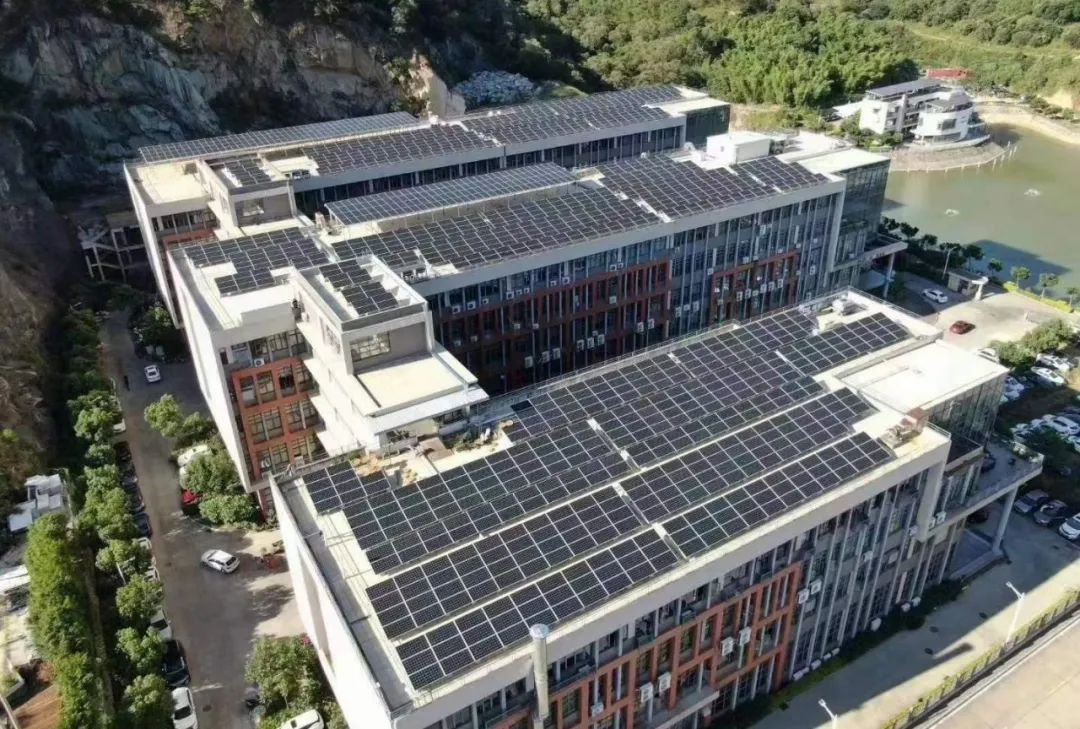
7. Is the optimum inclination absolute?
Due to the uncertainty of climate, the optimal dip angle can only be called
the relative optimal dip angle based on historical data.
First of all, the optimal inclination angle is different with different
historical radiation data. There are some differences between the optimal
inclination angle calculated with historical 5-year data and 10-year historical
data; A great possibility, but for a certain year, it may not be the best
choice.

Finally, through the above analysis and past experience, SES Power can
summarize the following points:
(1) The optimal tilt angle is related to the local geographic latitude.
Taking the equator as the reference point, as the geographic latitude gradually
increases toward the earth's poles, the corresponding optimal inclination angle
gradually increases.
(2) When the inclination angle increases from the horizontal (0°) to the
optimal inclination angle, the amount of radiation received by the surface
increases accordingly. When the optimal inclination angle is reached, the amount
of radiation received is the largest; as the inclination angle continues to
increase, the surface receives the maximum amount of radiation. The amount of
radiation received begins to decrease again, and the corresponding power
generation decreases gradually.
(3) The inclination angle is within the range of ±5° of the optimal
inclination angle, and the influence of radiation on the power generation is
relatively small.
(4) Whether to design the optimal inclination angle needs to be
comprehensively evaluated according to the installation site conditions and the
economics of the scheme, and should not be designed blindly.
(5) Photovoltaic power generation is only a link in the energy storage
system. When a lithium battery system is required for use, it is recommended to
choose a senior high-quality service provider like SES Power for
consultation.

















